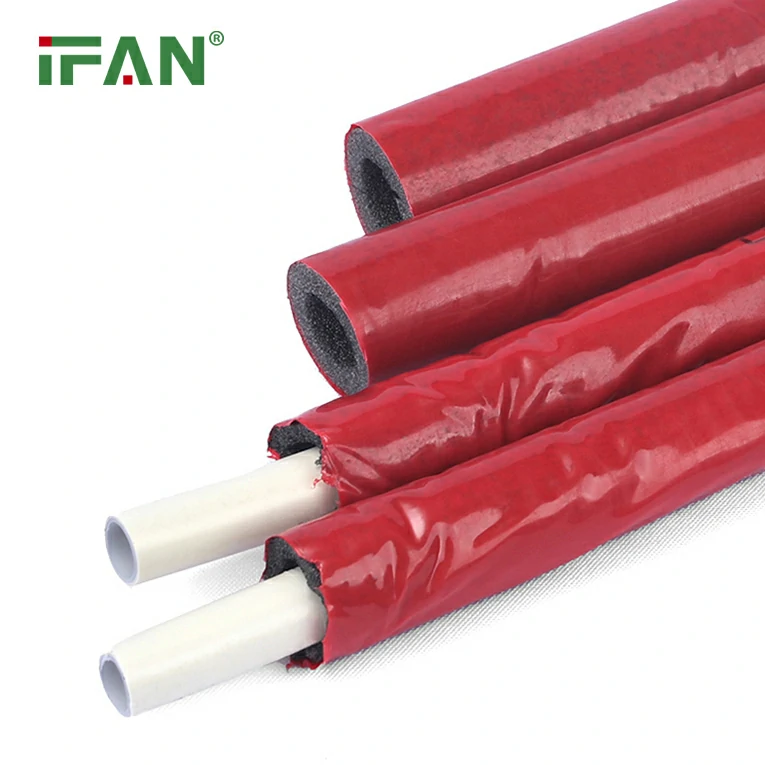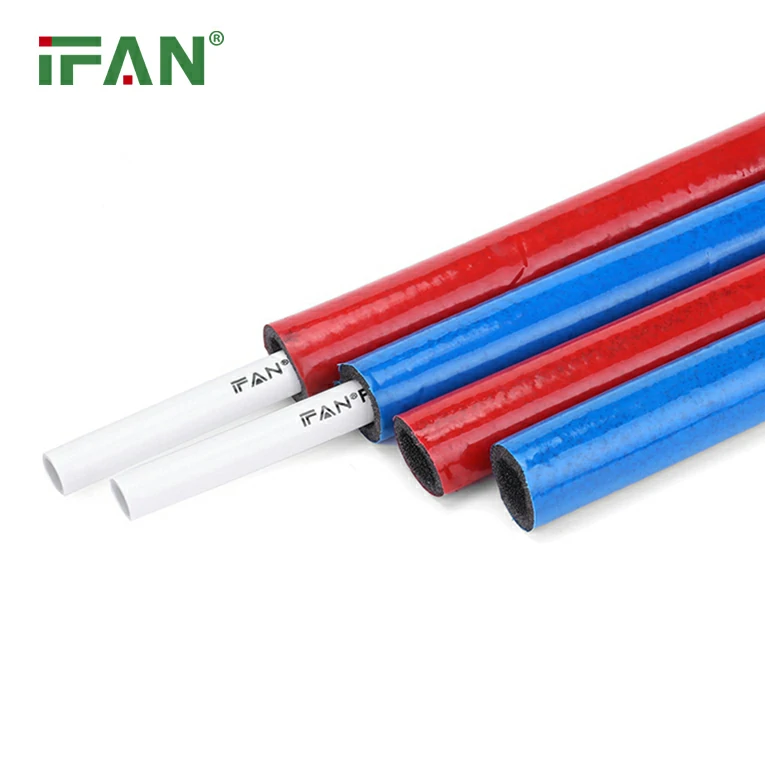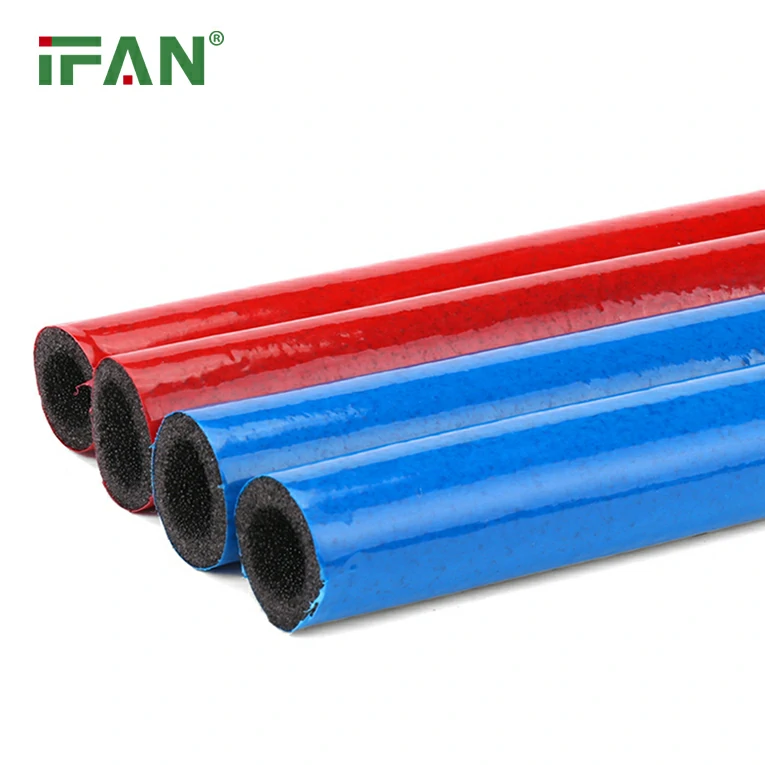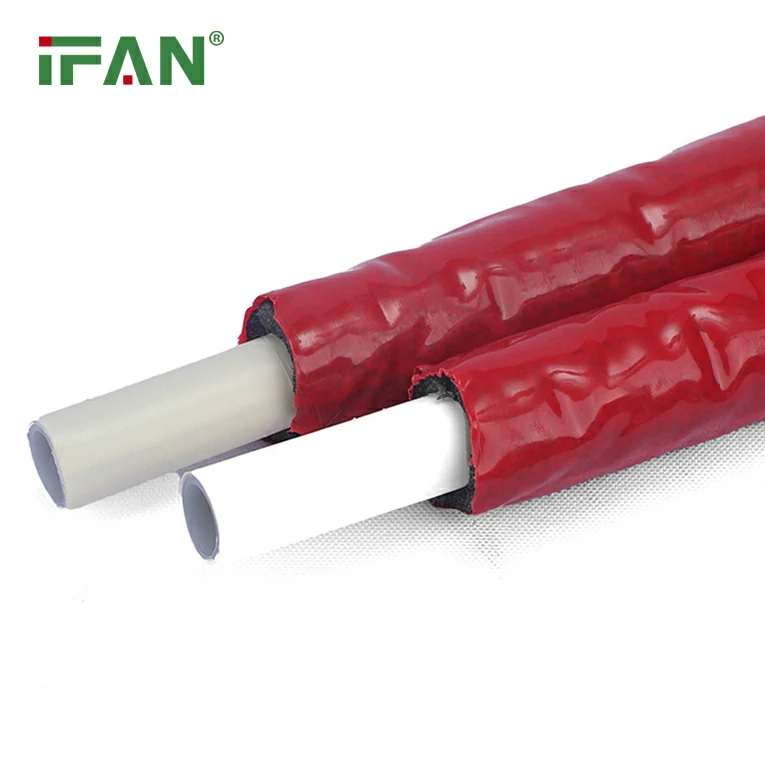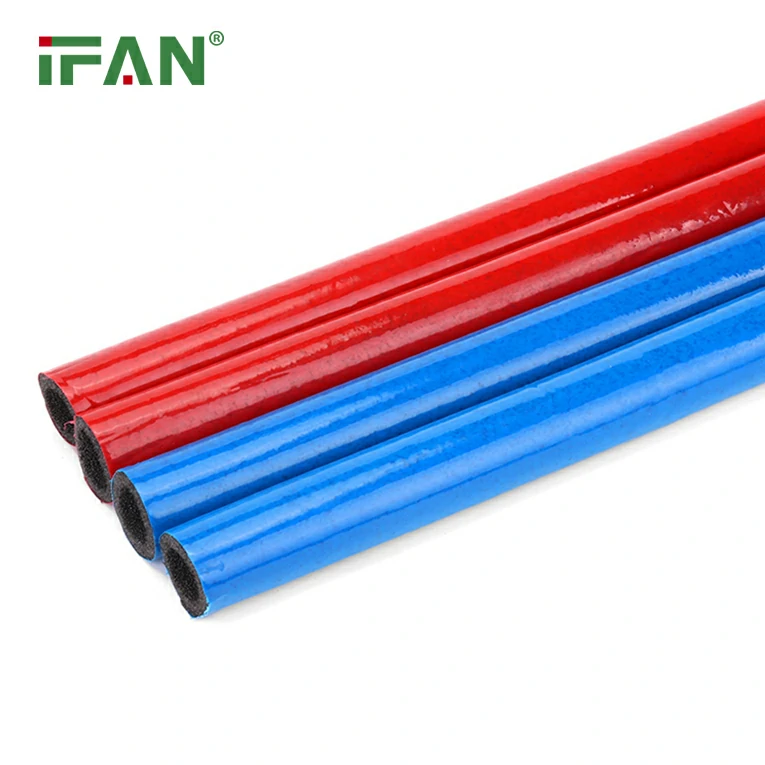In recent years, the global push for sustainable materials and energy-efficient solutions has found its way into every corner of the manufacturing industry. The plumbing sector, an industry essential for infrastructure development and maintenance, has also undergone significant transformations in the quest for sustainability. One of the most promising innovations in plumbing materials is the development of PEX pipes made from cross-linked polyethylene (PEX) with renewable feedstock. These new PEX pipes are designed to provide the same durability and reliability of traditional PEX pipes, but with a focus on reducing the environmental footprint.
In this article, we will explore the emergence of these new PEX pipes, their benefits, the technology behind their creation, and what it means for the future of plumbing systems globally. Additionally, we will look at how renewable feedstock plays a pivotal role in reducing the environmental impact of plastic manufacturing while maintaining the performance standards of conventional PEX pipes.
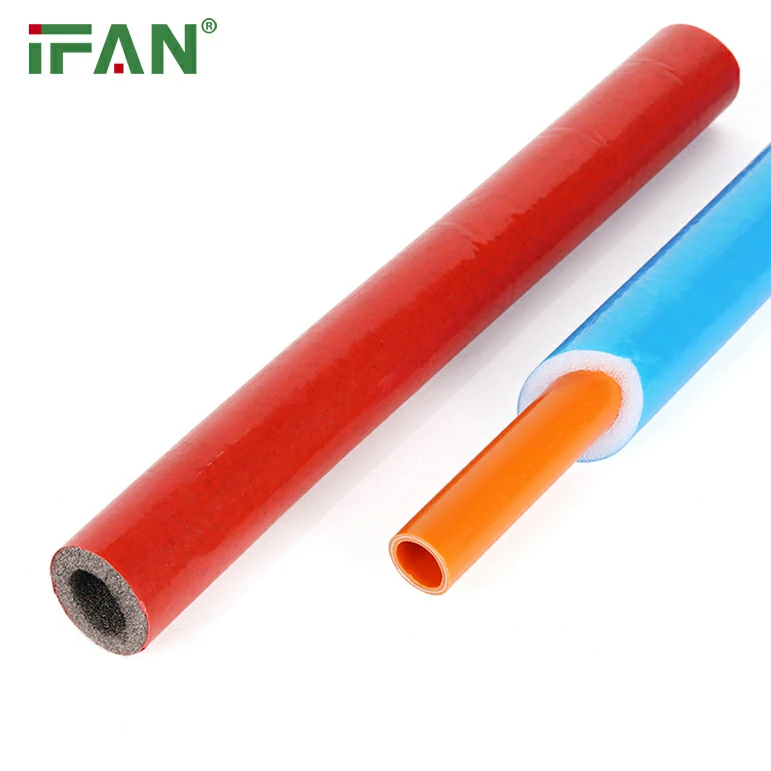
What Are PEX Pipes?
PEX pipes, or cross-linked polyethylene pipes, are a type of flexible plastic piping commonly used in residential and commercial plumbing systems. Made from polyethylene, PEX pipes are known for their flexibility, resistance to corrosion, and high durability. Unlike traditional metal pipes such as copper or steel, PEX does not corrode over time, making it an ideal material for water distribution systems.
PEX pipes are created through a process known as “cross-linking,” which involves chemically bonding the polyethylene molecules to create a more stable and durable structure. This makes PEX pipes more flexible and resistant to cracking or breaking under pressure, even in freezing temperatures. These properties have made PEX pipes a popular choice for plumbing, heating, and cooling systems around the world.
Traditional PEX and Its Environmental Concerns
Traditional PEX pipes are made from polyethylene, a petroleum-based plastic. While they have significant advantages in terms of performance and durability, there is growing concern over their environmental impact. Polyethylene is derived from fossil fuels, and the production of polyethylene-based plastics is associated with significant carbon emissions. Additionally, once PEX pipes reach the end of their life cycle, they contribute to plastic waste, which can be difficult to recycle and can end up in landfills or oceans.
In response to these environmental concerns, there has been a growing demand for more sustainable alternatives in the plastic manufacturing sector. The emergence of PEX pipes made from renewable feedstock offers a solution to this issue.
The Rise of Renewable Feedstock PEX Pipes
In a groundbreaking development, manufacturers have begun producing PEX pipes from renewable feedstocks. This shift represents a significant step toward reducing the environmental impact of plumbing materials while maintaining the high performance and durability that PEX pipes are known for.
What is Renewable Feedstock?
Renewable feedstock refers to materials that are derived from renewable sources, such as plants, algae, or other biological resources, rather than from fossil fuels. These feedstocks can be used to produce plastics, chemicals, and other materials traditionally derived from petroleum. By using renewable feedstocks, manufacturers can reduce their reliance on fossil fuels, decrease carbon emissions, and contribute to a more sustainable economy.
In the case of PEX pipes, renewable feedstocks are used to create the polyethylene resin that forms the basis of the pipe. The polyethylene is then cross-linked to create the flexible and durable PEX pipe. By incorporating renewable feedstock into the manufacturing process, the overall carbon footprint of the pipes is significantly reduced, contributing to a more sustainable building and infrastructure industry.
The Benefits of Renewable Feedstock PEX Pipes
- Lower Carbon Footprint: One of the most significant advantages of PEX pipes made from renewable feedstock is their reduced carbon footprint. The use of renewable materials, such as bio-based polyethylene, helps to offset the carbon emissions associated with traditional fossil fuel-based plastics. This is an important step in meeting global sustainability goals and reducing the environmental impact of construction materials.
- Sustainability and Renewable Resources: By using renewable feedstocks, the production of PEX pipes becomes more sustainable. These feedstocks are replenishable and do not deplete natural resources in the same way that fossil fuels do. This makes the pipes a more environmentally friendly option for plumbing systems, as they contribute to a circular economy by relying on resources that can be replenished over time.
- Reduced Dependence on Fossil Fuels: The use of renewable feedstocks in the production of PEX pipes reduces the industry’s reliance on petroleum-based plastics. This can help to reduce the overall demand for fossil fuels, which is critical as we transition to more sustainable energy sources.
- Improved Recycling Potential: One of the challenges with traditional plastic pipes is their limited recyclability. However, PEX pipes made from renewable feedstock have shown promise in being more easily recyclable. This could contribute to reducing plastic waste and promoting a circular economy in the plumbing industry.
- No Compromise on Performance: Despite the use of renewable feedstock, these PEX pipes retain the same durability, flexibility, and resistance to freezing that traditional PEX pipes offer. They are still highly resistant to corrosion, scale buildup, and chemical degradation, ensuring that they perform at the same high standards as conventional PEX pipes.
How Renewable Feedstock PEX Pipes Are Made
The process of making PEX pipes from renewable feedstocks is quite similar to the process used for traditional PEX pipes, but with a key difference in the raw materials. Here’s a breakdown of how renewable feedstock PEX pipes are produced:
- Sourcing the Renewable Feedstock: The first step in the production process is sourcing renewable feedstock, which can come from a variety of sources. Plant-based oils, sugars, or other bio-based materials are converted into polyethylene, the primary resin used in PEX pipe production. These renewable resources are processed through a series of chemical reactions to produce bio-based polyethylene.
- Polymerization and Cross-Linking: The bio-based polyethylene undergoes polymerization, where the individual polyethylene molecules are linked together to form a long polymer chain. This process increases the strength and flexibility of the material. Next, the polyethylene is cross-linked through a chemical process, which creates the stable, durable structure that is characteristic of PEX pipes.
- Manufacturing the PEX Pipes: The cross-linked polyethylene is then formed into pipes using extrusion processes. The pipes are cooled, cut to the desired length, and tested for quality assurance. These bio-based PEX pipes are now ready for use in plumbing systems.
- Certification and Quality Control: As with traditional PEX pipes, renewable feedstock PEX pipes undergo rigorous testing to meet industry standards for durability, safety, and performance. They are certified by organizations like NSF International to ensure that they are safe for use in potable water systems and meet all regulatory requirements.
The Future of Renewable Feedstock PEX Pipes
As sustainability becomes an increasingly important issue, the demand for renewable feedstock PEX pipes is expected to grow. The development of these pipes represents a significant step forward in reducing the environmental impact of plumbing systems, without compromising performance or safety. As more manufacturers enter the market and improve production processes, it is likely that renewable feedstock PEX pipes will become a more common choice for new plumbing installations and renovations.
In the future, further innovations may lead to even greater reductions in the environmental footprint of plumbing materials. Advances in recycling technologies and the development of more sustainable feedstocks could further improve the overall sustainability of PEX pipes and other construction materials.
Conclusion
PEX pipes made from cross-linked polyethylene with renewable feedstock offer a promising solution to the environmental challenges posed by traditional plastic plumbing materials. By reducing reliance on fossil fuels and decreasing carbon emissions, these pipes help contribute to a more sustainable and environmentally friendly construction industry.
As the market for renewable feedstock PEX pipes grows, they are likely to become an increasingly popular choice for homeowners, builders, and contractors who are looking for durable, cost-effective, and sustainable plumbing solutions. This development marks a significant step in the right direction for the plumbing industry, helping to reduce its impact on the planet while maintaining the high performance standards that consumers have come to expect from PEX pipes.
FAQs
1. What are renewable feedstock PEX pipes made of? Renewable feedstock PEX pipes are made from bio-based polyethylene derived from renewable resources, such as plant-based oils and sugars, rather than traditional petroleum-based plastics.
2. Are renewable feedstock PEX pipes as durable as traditional PEX pipes? Yes, renewable feedstock PEX pipes retain the same durability, flexibility, and resistance to corrosion and freezing as traditional PEX pipes, making them suitable for plumbing systems.
3. Can renewable feedstock PEX pipes be recycled? Yes, renewable feedstock PEX pipes are more easily recyclable compared to traditional PEX pipes, which helps reduce plastic waste and promotes a circular economy.
4. How do renewable feedstock PEX pipes reduce environmental impact? By using renewable resources instead of fossil fuels, these pipes reduce the carbon footprint of production and help decrease reliance on non-renewable resources, contributing to a more sustainable plumbing industry.
5. Will renewable feedstock PEX pipes be more expensive than traditional PEX pipes? While the cost of production may initially be higher due to the sourcing of renewable feedstocks, the price difference between renewable feedstock PEX pipes and traditional PEX pipes is expected to narrow as manufacturing processes improve and economies of scale are achieved.

